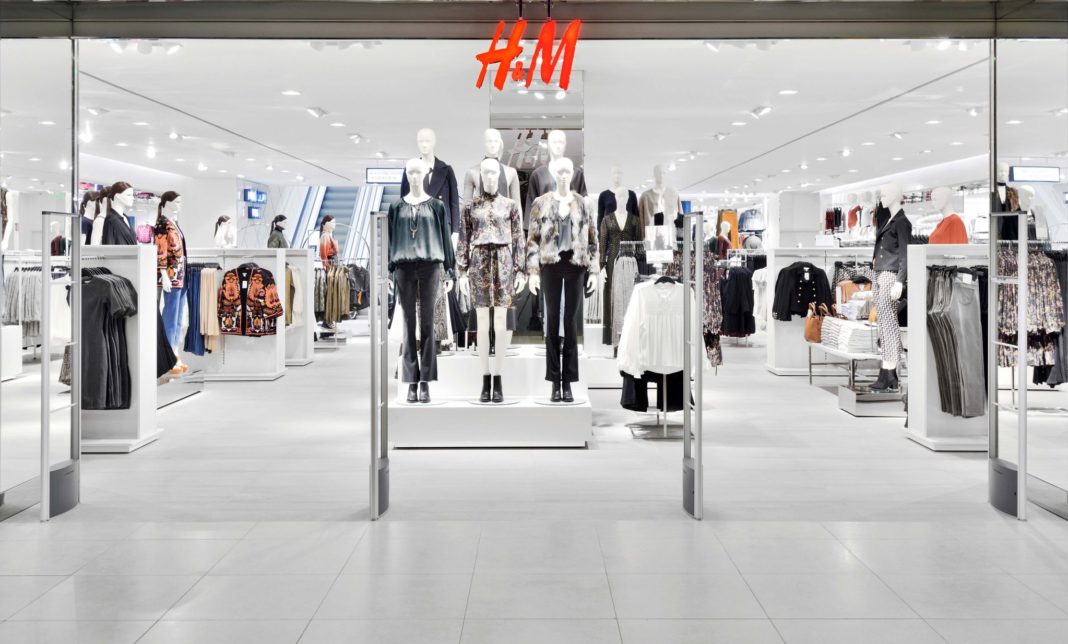H&M is the second-largest clothing retailer in the world, with more than 4,200 stores globally. This year the clothing giant’s profits are projected to be around $20 billion, but did you ever stop and wonder how they get to these figures? Sure, they have great clothes that the public are happy to continue purchasing, but some of the company’s trading habits may not be as good as they could be.
In Wolfen, Berlin lies a huge H&M textile facility where items are sorted and recycled accordingly. It’s estimated that around 14 metric tons of garments are dropped off at the site daily and come from a variety of places where the recycling bins are located. Cecilia Brannsten, sustainable business expert for H&M, said “For us, the way forward is to create a closed loop for textiles where clothes that are no longer wanted can be turned into new ones, and we don’t see old textiles as waste, but rather a resource.”
But, we’re supposed to be reducing the size of landfills, and with a 4-year deal made between the H&M Foundation and The Hong Kong Research Institute of Textiles and Apparel (HKRITA) to recycle even more textiles, that’s unlikely to happen. With the amount of un-recyclable cotton-poly garments that were being added to the landfill sites, it was clear that something needed to be done. So, in 2015 H&M teamed up with luxury group Kering and Worn Again to address some industry issues such as the shortening of natural fibers.
H&M is dedicated to using fiber-to-fiber recycling as a major part of their operation and already has produced over 1 million garments using closed loop material. But, the recyclable material that ends up in the company’s recycling sites is still a drop in the ocean compared to the rest that are sent to landfills. But, at least everything at Wolfen is used in one way or another and around 60% of everything that turns up at the site is still wearable and shipped out to various countries to be resold in second hand clothes stores. Those that donate clothes get a discount or vouchers to be used at the store, so it’s a win-win situation.
The company has already collected more than 30,000 tons of waste over the past three years, which is the equivalent to around 178 million t-shirts. Now although this sounds quite impressive at first, when you consider that they produce around 550-600 million garments per year in total, maybe it’s not so good after all. In fact, they probably have one of the world’s least sustainable production lines. But, they do try and balance the books by offering fair living wages and working hours but there are reports in countries such as Cambodia and India where pregnant workers are being forced to have an abortion, or lose their job. Recycling is a great thing, but if people are getting hurt or treated unfairly in the process, is it really worth it?
More News To Read
- Israel Get Innovative With EV Charging Roads While Driving
- How To Switch from Apple Photos to Google Photos or Vice Versa?
- Russia’s Super Torpedo Is Unlike Anything America Has
- Can Scientists Save the Planet or are We All Doomed?
- Are there Really Individual Replicas of Us Somewhere in a Parallel Universe?











